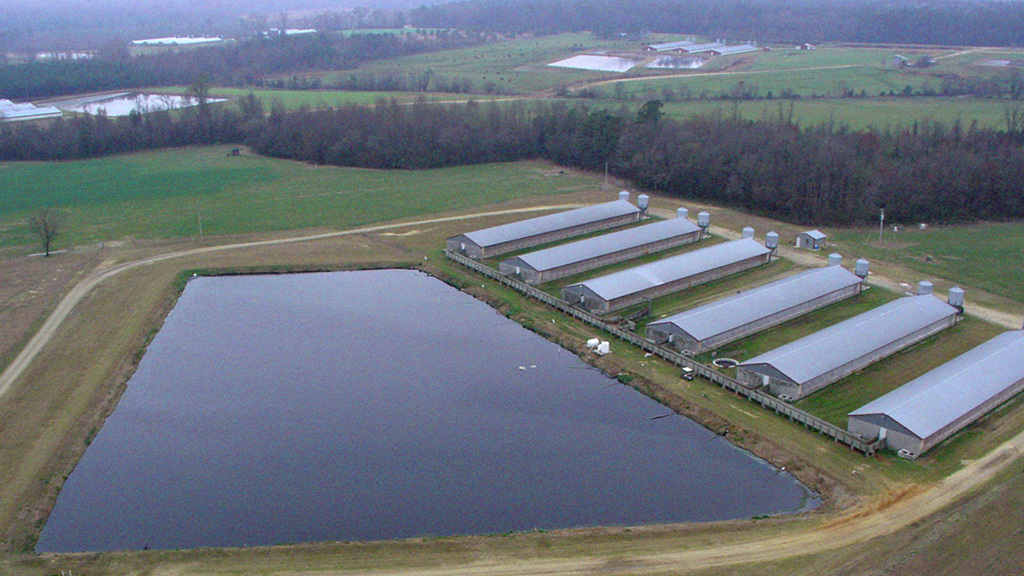Abstract
Life has changed for the rural residents of Farmville County since the arrival of four concentrated animal feeding operations (CAFOs); the air has an odor, wildlife has decreased, and illnesses are on the rise. One of the town's residents has become active in collecting water samples in nearby lakes, rivers, and streams and has determined the water has high levels of fecal bacteria. This case study provides a forum to discuss the benefits and concerns associated with the CAFO industry and its waste handling practices. As the story develops, students are assigned the role of county board members who must vote on whether one of the local CAFOs should be allowed to expand operations. To vote responsibly, students must research the CAFO industry and the potential for environmental contamination. An optional lab component teaches students how to analyze water samples for total coliform, E. coli, and Enterococci using EPA-approved methods. The case is particularly suited for an environmental engineering, environmental science, or microbiology course.



